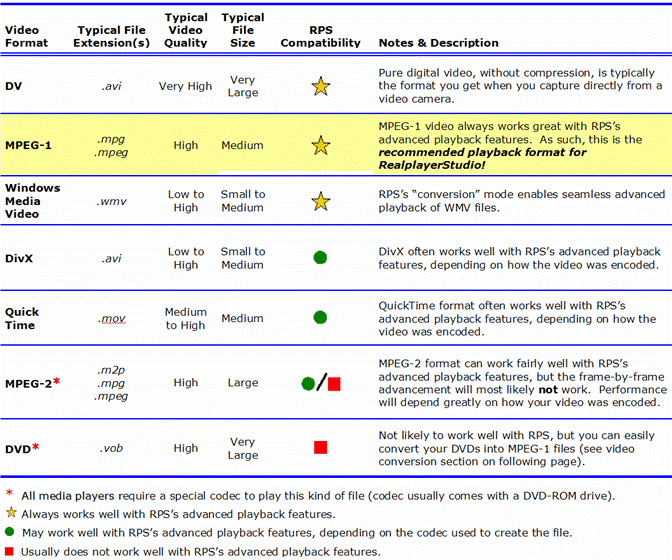Files! Compressed, uncompressed, codecs, bitrates — it’s a world of complexity with few standards when it comes to audio, video and still image (photographic and graphic) files and formats. In the face of growing file sizes, exchange containers such as Dropbox and other cloud-based platforms have allowed producers to ferry gigantic files back and forth.
Some standards emerged a long time ago and prevail to this day, such as MP3 files for radio at 128 kbps stereo, 16-bit 44.1kH sample rates. Podcasters today will often run at 64 kbps mono 24 kHz, but the 128 kbps/44.1 kHz is still preferred for voiceovers, websites and streaming.
With regards to video files and formats, broadcast is now all HD (nothing new) with the following standards: 720p (1280x720P), 1080i (1920 x 1080i). Television refresh screen refresh rates run at 60hz or 120hz. Most film producers will shoot their epic at 24 fps (frames per second) but it has to be converted to 30 fps, a process known as 3:2 pulldown.
For the rest of us shooting videos and photos with our phones and uploading them, we are fortunate that platforms such as Facebook and YouTube automatically compress files to allow for ease of playback with most players. It’s important to know, especially for people building their own websites, that large media file sizes will slow down your site’s load-up time. WordPress provides settings to ensure your files are automatically compressed before you install them. BUT — you have to make sure you’ve adjusted the settings.
Rather than continue a complex analysis of files and formats, herein is a series of charts and tables, which follow, to help you understand the jungle. Credits have been issued to the sources where available.
From Alphagraphics:

From Salsaville.com

From Techsmith:

It is the assumption of this writer, that all of these will evolve. Some may even disappear. Ultimately, it is the user who will determine where file format standards go. The truth is out there. Until then, we will have X (number of) Files stories, which will confuse and mesmerize.




